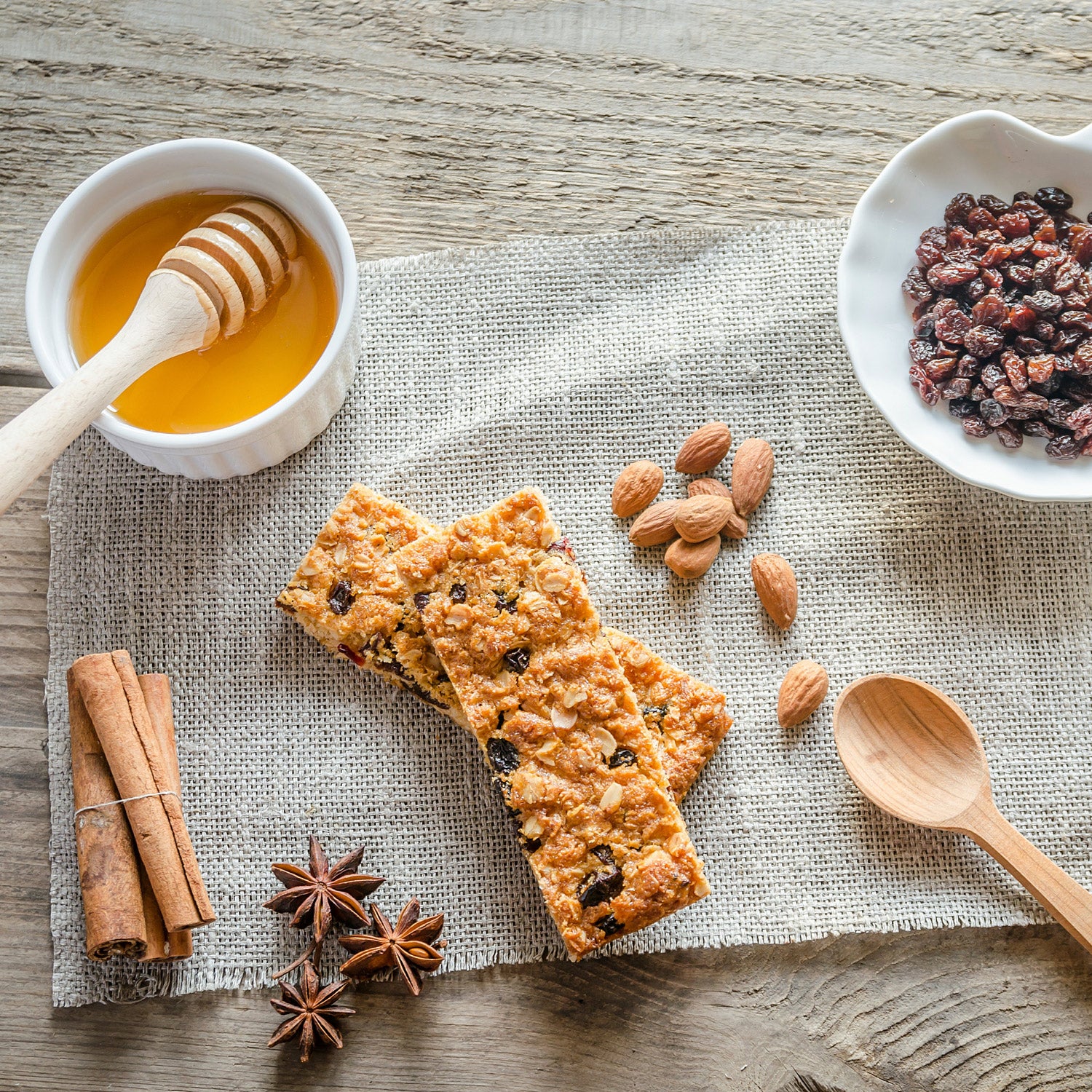Choice overload, or decision fatigue, is a concept from behavioral economics that says when we are faced with multiple similar options—something most would consider a good thing—we can become flustered and overwhelmed, worrying that whatever we choose, another option would be better. Welcome to aisle number six of my local Whole Foods: the great wall of energy bars. ��
What was a much simpler decision just a few years ago, when options were far fewer, has become an endless and complicated web of fructose, agave, whey, soy, casein, organic, maltodextrin, high fiber, low fiber, sorbitol, and the list goes on and on. But, according to Beth Shutt, RD, CSSD, with , a sports nutrition service for serious athletes, underneath all the wrappers lay just a few fundamental principles one should consider when selecting an energy bar. Follow them, and you’ll be well on your way toward attaining the massive benefits of properly-fueled performance.��
The first and most important thing to consider is timing, says Shutt. Your body requires different nutrients right before, during, and immediately after training and competition—something she calls the “workout window”—than it does at other times of day. In other words, the best bar to eat while on your bike or at the gym may be the worst option for snack later on.��
During the Workout Window
In the hour before and during training and competition, you want a bar that is low in fiber, fat, and protein, but high in carbohydrate. According to Shutt, fiber, fat, and protein are hard for the body to process and are “not really needed” during activity lasting less than eight hours. Carbohydrates, on the other hand, are the body’s primary fuel source and are critical for performance. Research shows consuming between 60-90 grams of carbohydrate per hour (simple sugars, in particular) improves athletic performance. “Make it easy for the body by giving it what it needs and not making it work harder than it has to processing nutrients it can’t use at that moment,” says Shutt. “Look for high carb, low everything else options.”
Kim Schwabenbauer, RD, CSSD, a performance nutrition specialist and owner of , agrees. She says athletes should especially steer clear of fat and fiber since both can “slow the process of your body converting carbohydrates to fuel.” Schwabenbauer suggests choosing energy bars with less than eight grams of fat and two grams of fiber.��
“Another important thing to look for is sodium,” says Schwabenbauer, “especially for heavy sweaters.” Schwabenbauer recommends bars with between 50-200 milligrams of sodium. ��
The last key ingredient is caffeine, something Schwabenbauer says can have significant “ergogenic and mood-lifting” benefits. Just be sure to experiment prior to using a caffeinated bar in a high-stakes situation; while caffeine is advantageous for most, it can cause gastric distress and jitters in an unlucky few. (Most caffeinated bars contain 50-100 milligrams of caffeine, similar to what you’d get in a cup of coffee.)
In the 30-45 minutes following a workout, your muscles are like moist, porous sponges, ready to soak up lost glycogen: the body’s primary fuel source that is made from carbohydrates. Do not be fooled by low-carb bars that are branded for “recovery,” warns Shutt. “Carbohydrates are still the most important thing to look for.” But unlike right before or during exercise, when protein is less important, ingesting protein immediately after a workout is key to help rebuild broken down muscles, says Shutt.��She suggests looking for a ratio of carbohydrates to protein of 3:1 to 4:1 (e.g., 60 grams of carbohydrate and 17 grams of protein). Otherwise, the same rules as above—steer clear of fat, fiber, and other additives—apply to energy bars for right after activity, too.��
Hours After Training and Competition
Although it is healthiest to eat real whole foods throughout the day, sometimes we find ourselves in a pinch. ��Grabbing an energy bar isn’t the end of the world, says Kristen Chang, RD, CSSD, and owner of . In these situations, Chang says a balanced macronutrient profile is best, “something like 15-20 percent of calories from protein, 25-30 percent of calories from fat, and 50-60 percent of calories from carbohydrate.” ��
Opposite from energy bars that are optimal during and immediately after exercise, later on you want bars that are higher in fiber and fat and lower in simple sugars, according to Chang. ��While the delayed gastric emptying effect of fiber and fat blunts performance during intense activity, it helps keep you feeling satisfied and full throughout the rest of the day. ��And steering clear of simple sugars helps to prevent unhealthy spikes in blood sugar, which are caused by ingesting lots of simple sugars when the body isn’t rapidly using them (i.e., when you aren’t exercising). ��
To simplify things, Chang recommends following three key principles when choosing an energy bar for outside of the workout window:��
- Look for seeds and nuts, since these contain natural, unsaturated (the better kind of) fats
- Select bars in which carbohydrates come from fiber and whole ingredients like oats and whole grains, not from processed sugars like syrups and honey��
- Avoid anything containing more grams of sugar than grams of protein
(It’s interesting to note that the inverse of these principles could be used to help select an energy bar for during exercise.)


